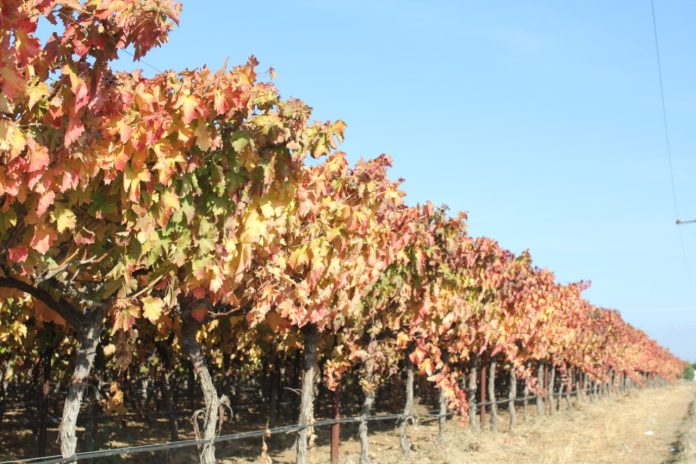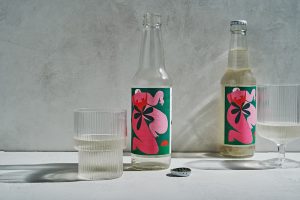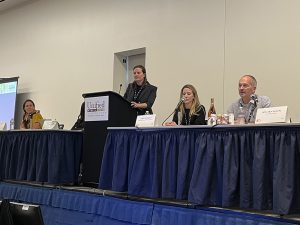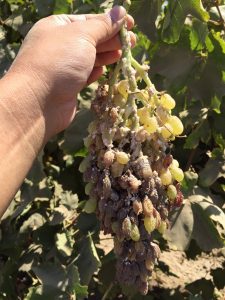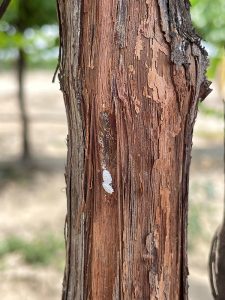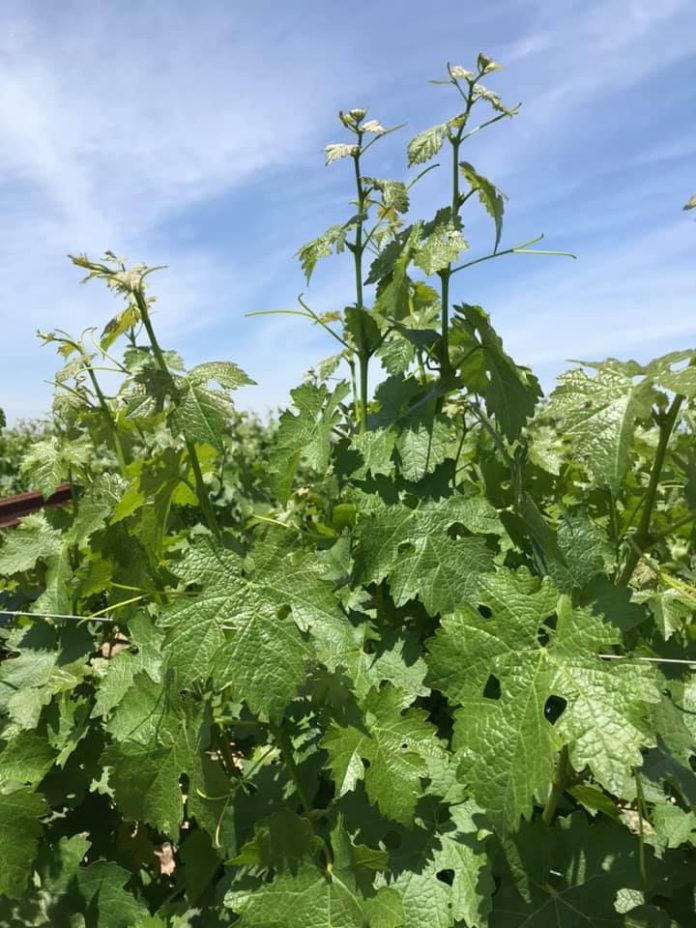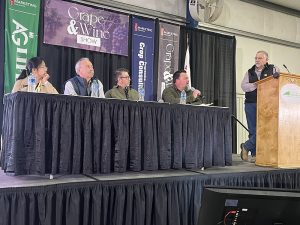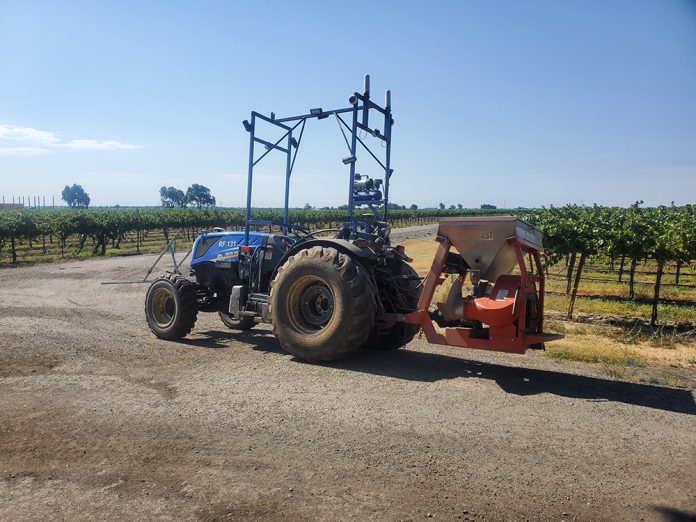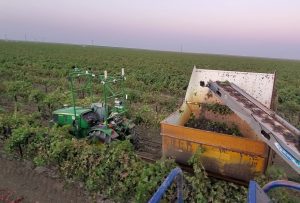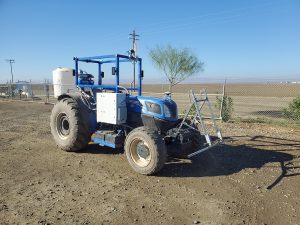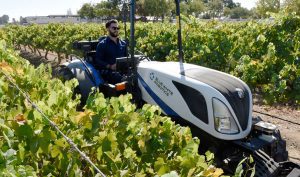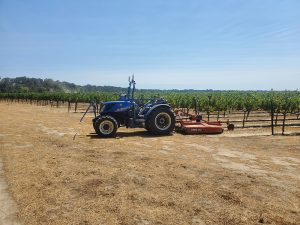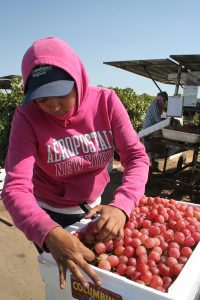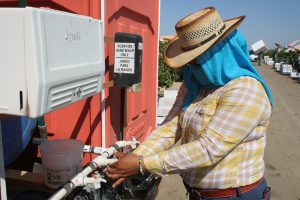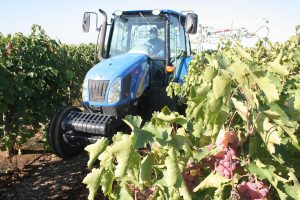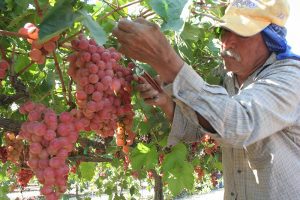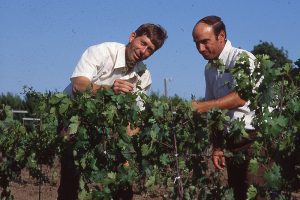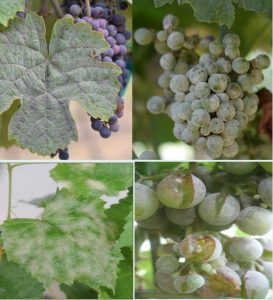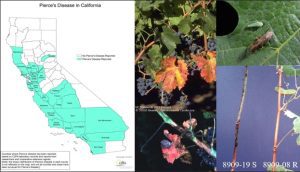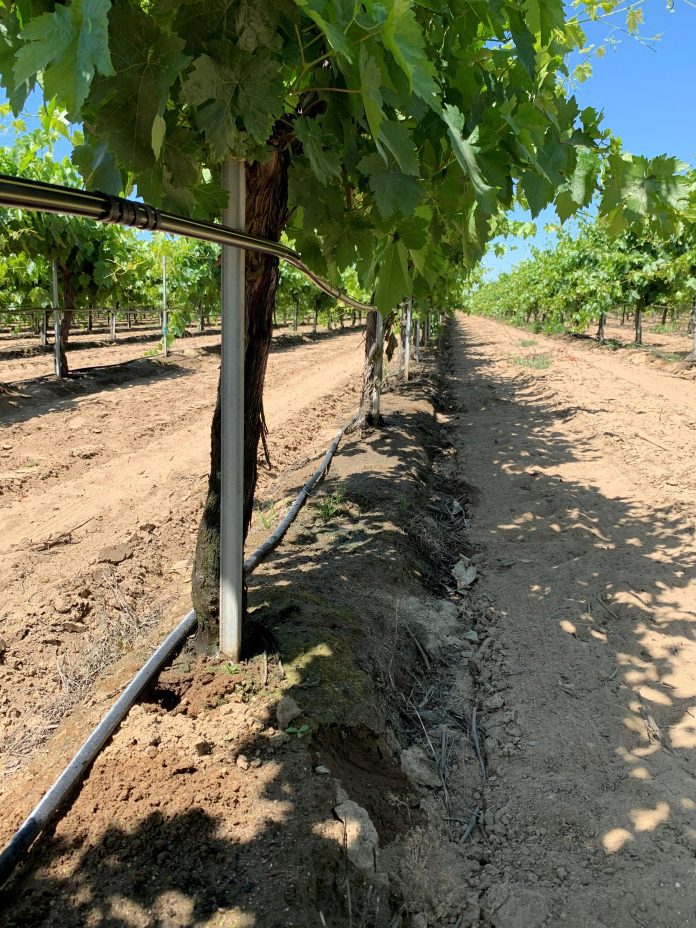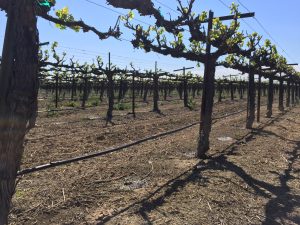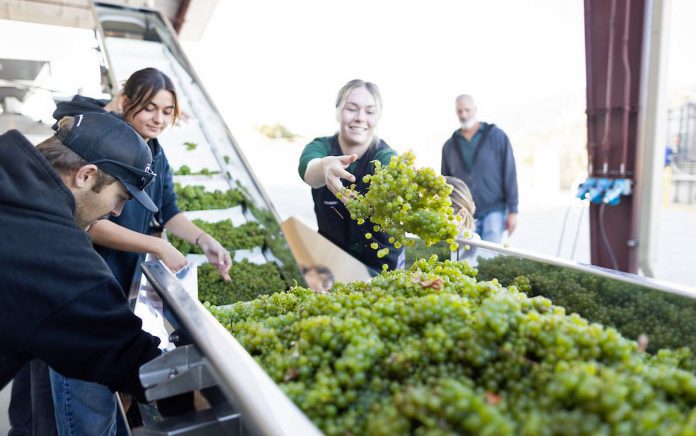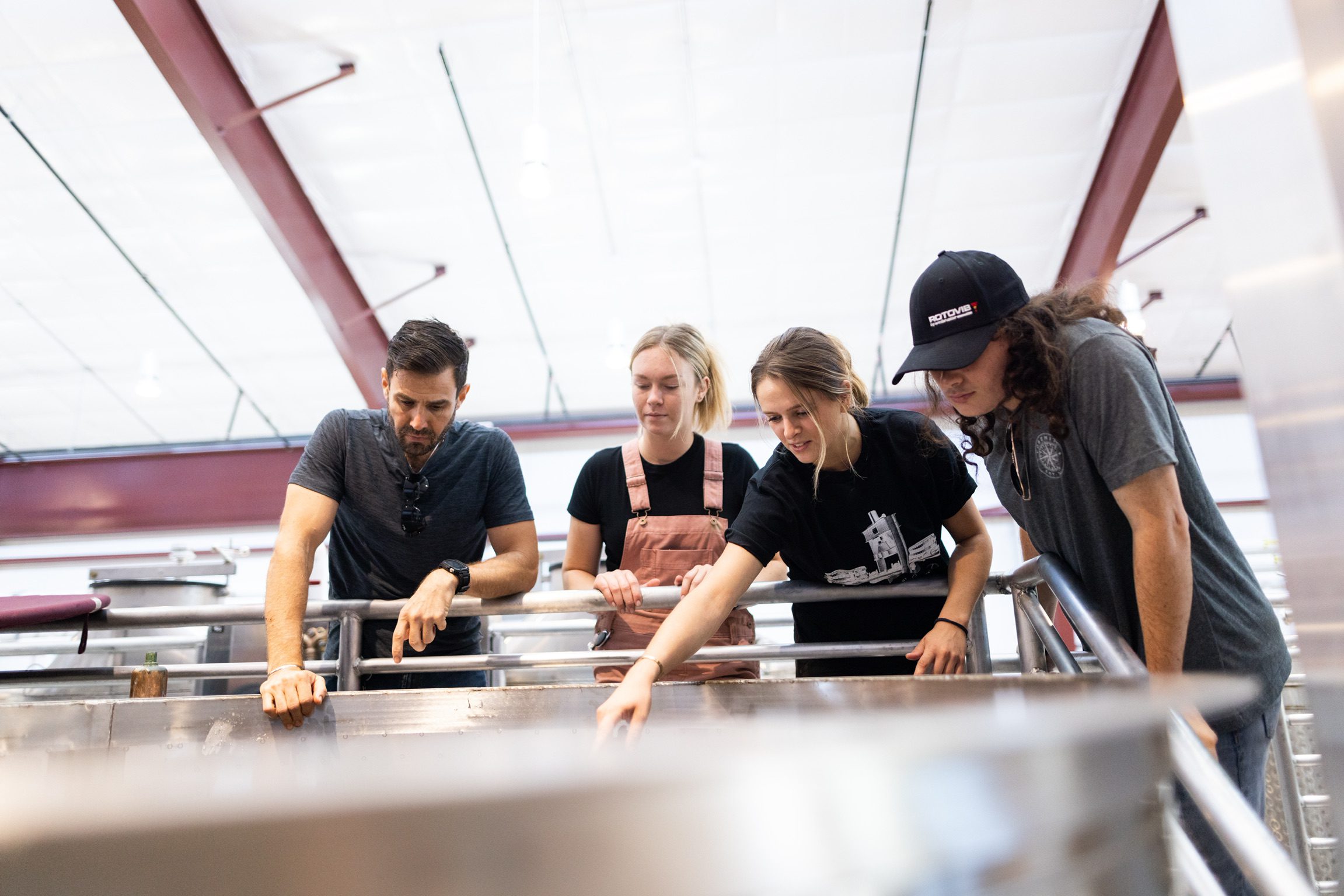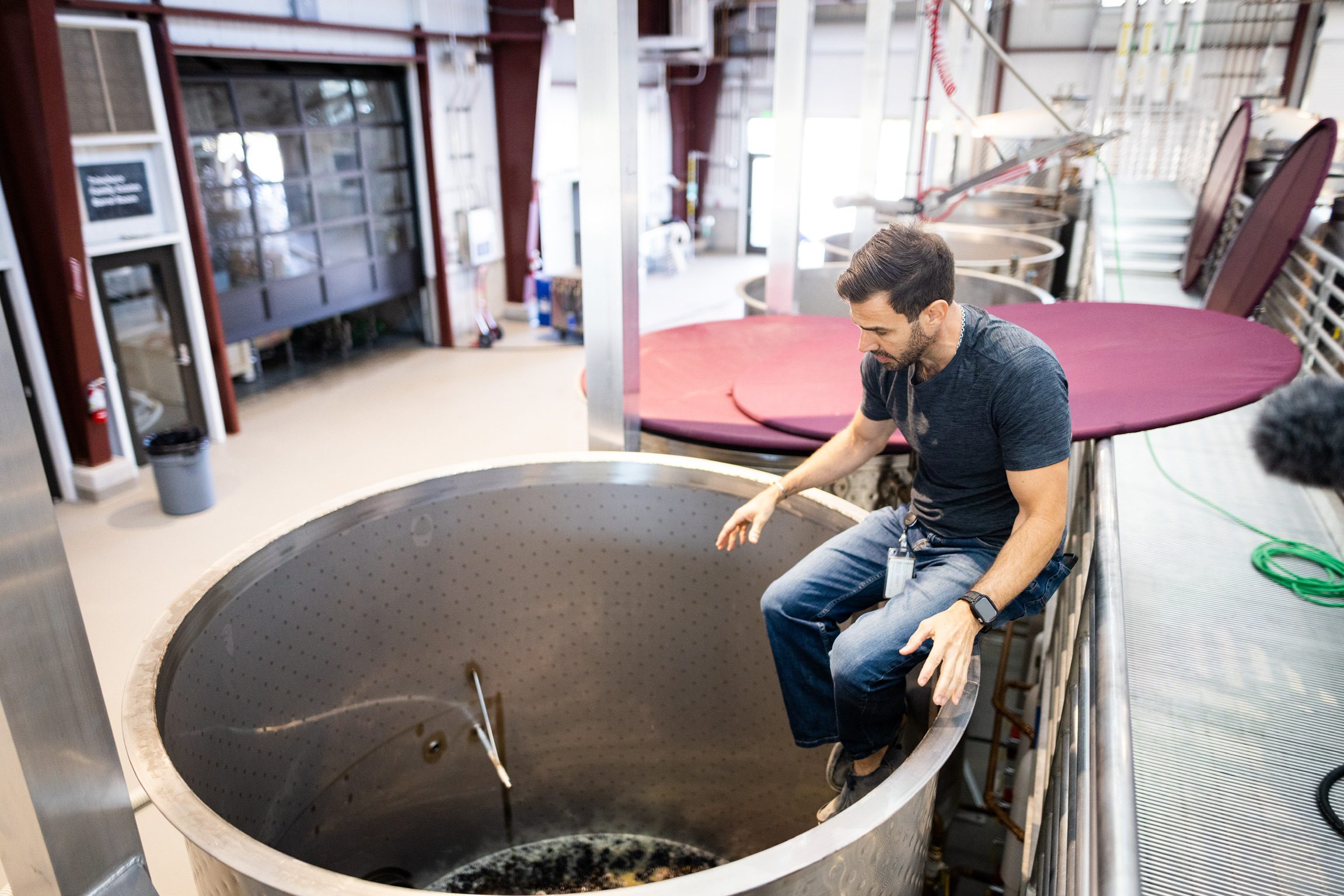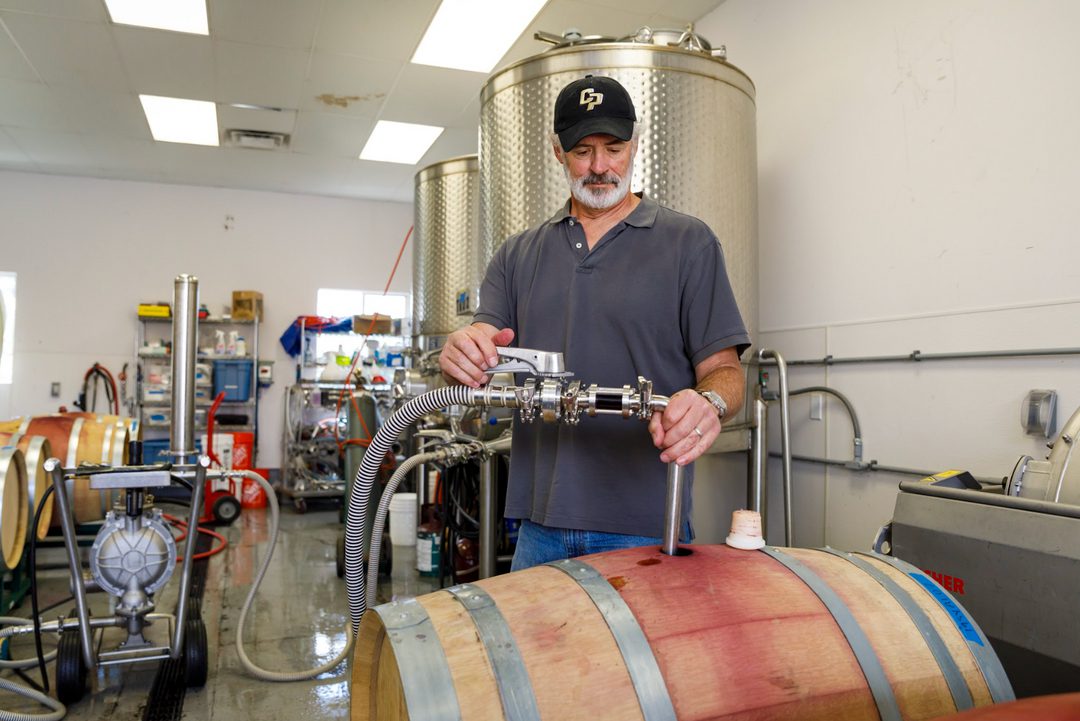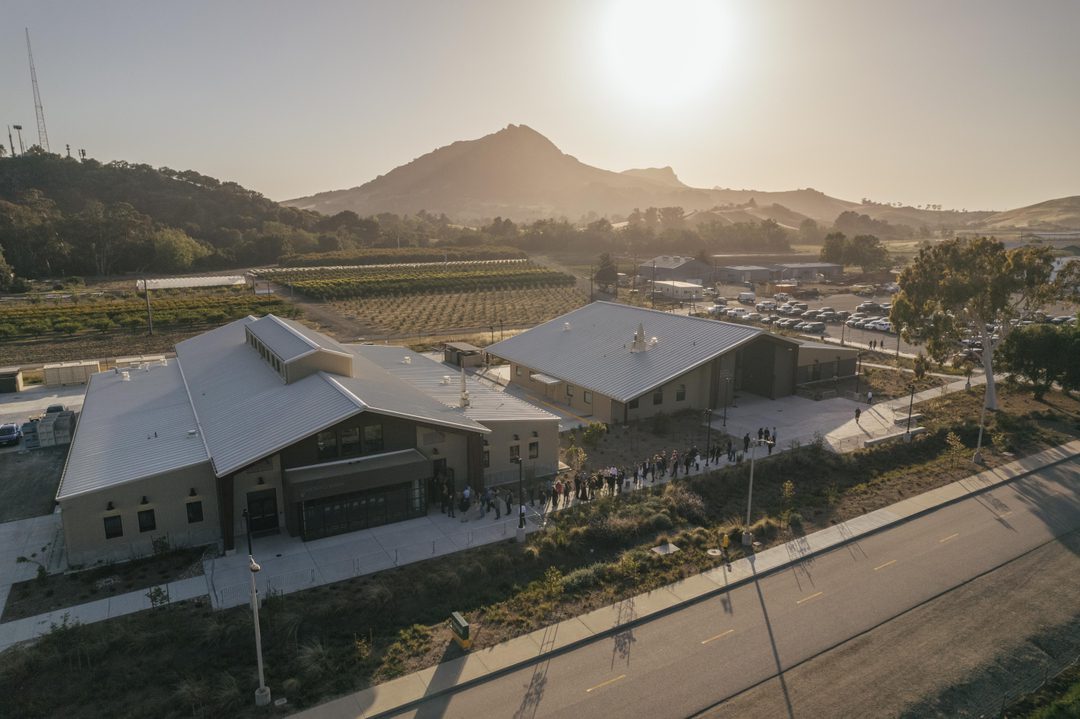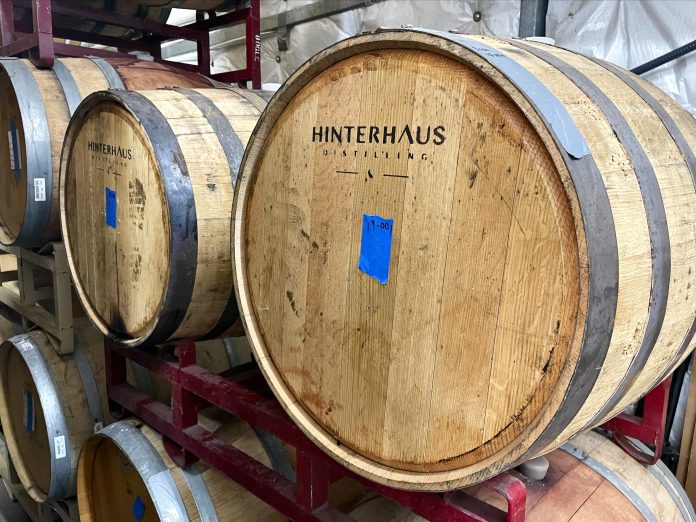It can be agreed on by most that teamwork makes the dream work, especially when it comes to the business of winemaking.
At the Unified Wine and Grape Symposium in Sacramento, Calif. in January, winemakers and vineyard managers on a panel agreed that working together and communicating is key to achieving the best outcome when it comes to wine production. When those in the field are in sync with those in the tasting room, complications during the growing season and throughout the winemaking process can be reduced or eliminated.
The wine industry is naturally quite siloed, panelists said, due to the multiple different operations and departments that exist between growing grapes and making wine. Katie Madigan with St. Francis Winery and Vineyards said she’s seen a change over the last two decades with how teams in the industry work together, noting there’s been a shift away from the silo to being more integrated.
“Now you’re seeing much more collaboration,” she said. “You have to meet early [in the season] and often.”
Year-Round Communication
Winemakers and vineyard managers are starting to realize that the more each knows about each other’s happenings and commitments, the greater success the end product will see. The ideal level of communication is one that is year-round.
“It is just really important that it is a year-round relationship,” said Andy Erickson, winemaker at Favia Erickson Growers.
Communicating for the first time halfway through the season won’t do either side any good.
“Starting in May is tricky from a vineyard management perspective,” said Tim Rowe, vineyard manager at Domaine Carneros.
One common conflict the panelists see is how much fruit is wanted to be taken off the vine; the vineyard manager might have one idea about tonnage off the vine while the winemaker might have a different idea. Unmet expectations, Erickson said, are always a sticky point when one party expects a certain amount to be taken off and the other wants something else. This is where the ‘year-round’ aspect plays into communication. Starting the season off with a plan laying out specific numbers for specific blocks/fields is crucial.
“A farm plan helps to build trust off the bat between winemakers and winegrowers,” said Blake Wood, director of vineyard operations at Constellation Brands, Inc. “Discussions around the plan form the basis of trust.”
“Color-coating times and tonnages [on a plan] really helps,” said Chris Louton, winemaker at St. Francis Winery and Vineyards.
“We don’t know what Mother Nature is going to throw at us, so we have to be on the same page with our expectations all the time,” Madigan said.
Dialogue in the Field and the Winery
The notion echoed most often by the panelists was the importance of getting out in the field and facilitating the winemaker-vineyard manager relationship. This again goes back to separating from the wine industry silo, and while it can be a challenge at times, it’s an important part overcoming challenges on the road to being a successful winery with successful growers.
“When you’re on a ranch together, you know the problems are going to be taken care of,” said Tony Bugica, Atlas Vineyard Management’s director of farming and business development, noting team members should understand why a vine is being leafed or why a wine is being tasted. “Make sure everyone knows why things happen in the field and the winery.”
Rowe spends his time as a vineyard manager both in the field and the winery by choice, joining blending sessions for different wines to “dovetail” management strategies and techniques while also taking winemakers into the field so they can see what he’s doing. “Break that silo and help them understand opportunities and challenges to bridge any communication gaps.”
“It’s much better to go into June and July with things going as expected rather than having missed things,” Madigan said.
“It’s so critical for the winemakers to be out in the vineyard,” said Remi Cohen, CEO of Domaine Carneros. “If you go out in the end of the season and you don’t know what’s happening, that can cause tension. By the time you get to harvest, everyone is too stressed, and most of the work in the vineyard has already been done.”
Cohen started an internal mentorship program at Domaine Carneros to aid in winemaker-vineyard manager relations. Anyone can apply and will be paired up with an individual on the management team.
“We were trying to create these cross-department opportunities, especially for people who are just starting out in their career,” she said.
Domaine Carneros also holds monthly meetings that are bilingual to bring all vineyard management staff into the fold of winery culture.
Dialogue in the field even goes as far back as having the owner of a vineyard themselves out and being more involved in management decisions, according to Kirk Venge, owner of Venge Vineyards and Croix Estate. While a big challenge, he said, this is important because it ultimately affects the wineries the vineyard owners are growing for.







